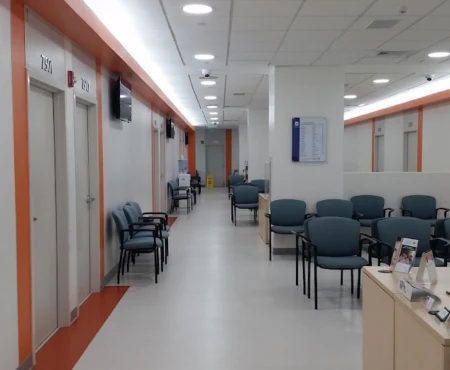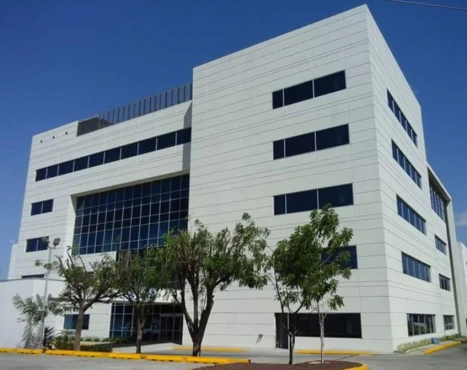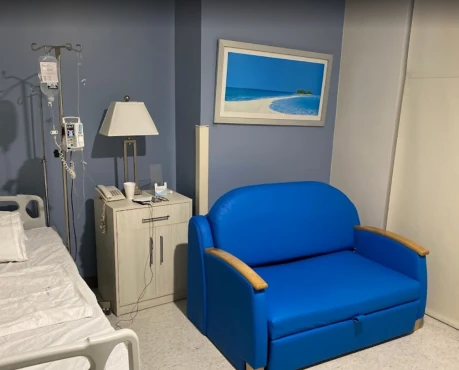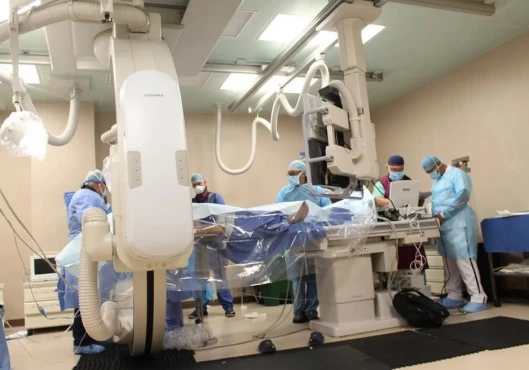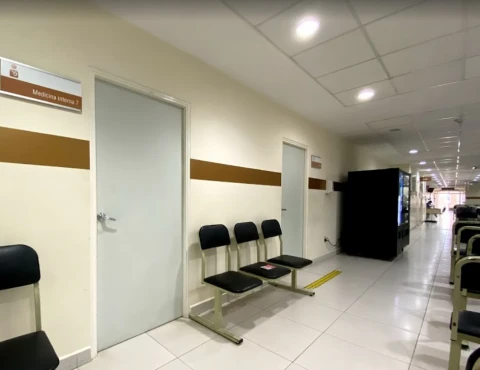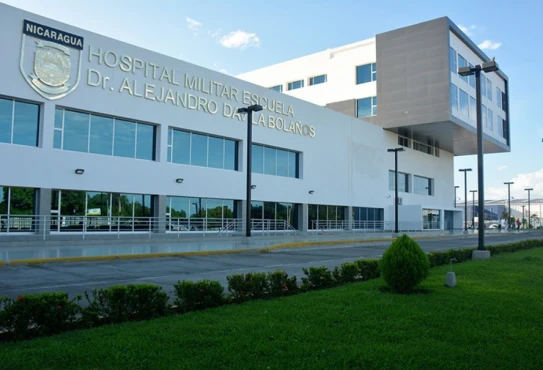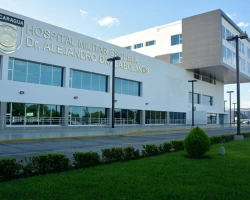Patent foramen ovale (PFO) treatment in 1 Cardiac surgery and Vascular surgery clinic in Nicaragua
1 clinic specializing in Cardiac surgery and Vascular surgery providing treatment of
Patent foramen ovale (PFO)
Patent foramen ovale (PFO) is a common congenital heart defect where a small hole between the upper chambers of the heart fails to close after birth. It can allow blood clots to pass from the right to the left side of the heart, potentially causing stroke or other complications.
Read more...
disease in Nicaragua.
Besides this clinic there is 1 Cardiac surgery, Vascular surgery clinic in Managua and 1 clinic in Nicaragua.
Such diseases are treated by Hospital Vivian Pellas: Atrial septal defect (ASD), Chronic thromboembolic disease, Chronic thromboembolic pulmonary hypertension, Intracardiac thrombus, Patent foramen ovale (PFO), and others.
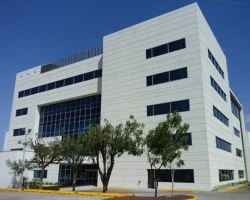
1 nearby similar clinic in Nicaragua
Perhaps you should consider 1 more clinic we have found nearby basing on your Location, Specialization, Disease filters applied.
